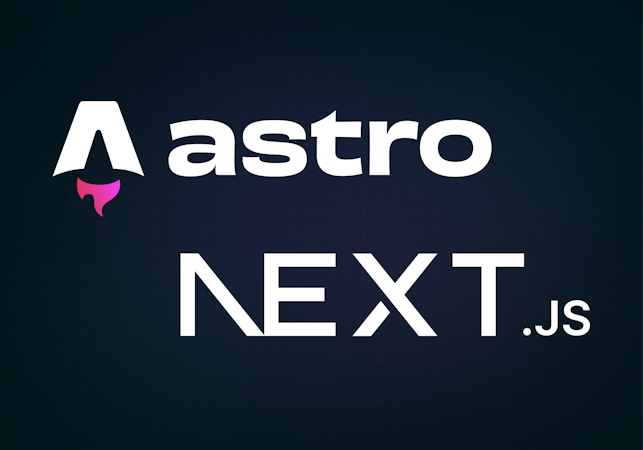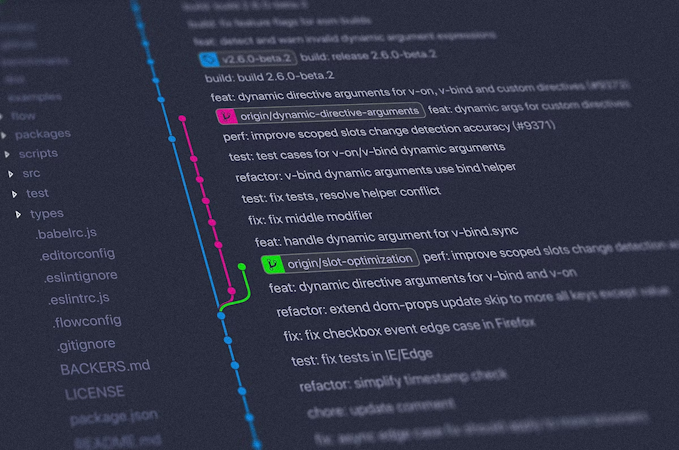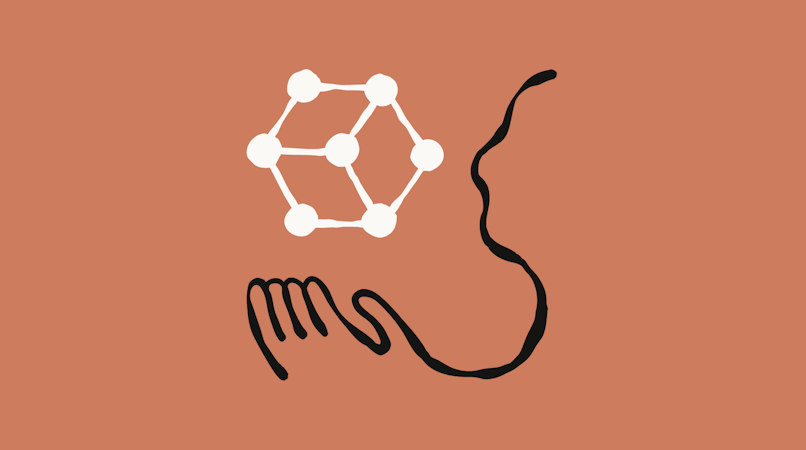
Cosmic Intelligence
October 23, 2025

Headless CMS Security Best Practices: Protecting Your Content Infrastructure
In today's digital landscape, content is a critical business asset that requires robust protection. As organizations migrate to headless CMS architectures for greater flexibility and omnichannel delivery, security considerations must evolve alongside these modern implementations. This guide explores comprehensive security strategies specifically tailored for headless CMS environments like Cosmic.
Understanding the Headless Security Landscape
Unlike traditional CMS platforms where security is focused on a monolithic application, headless architectures distribute potential vulnerability points across decoupled services. This separation creates both security advantages and unique challenges.

Key Security Advantages of Headless Architecture:
- Reduced attack surface on the presentation layer
- API-first approach enables granular access controls
- Decoupled systems prevent cascading security failures
- Independent scaling of security resources based on needs
Essential Security Strategies for Your Headless CMS
1. Authentication and Access Controls
Modern headless CMS implementations require robust authentication mechanisms beyond simple username/password combinations.
Implementation Best Practices:
- Enable Two-Factor Authentication (2FA): Cosmic offers built-in 2FA to provide an additional security layer beyond password protection.
- Role-Based Access Control (RBAC): Limit user permissions based on specific roles and responsibilities.
- API Key Management: Regularly rotate API keys and implement the principle of least privilege.
- JWT Authentication: Utilize JSON Web Tokens with appropriate expiration settings for API requests.
2. Content Delivery Network (CDN) Security
CDNs are crucial for headless CMS performance, but they also form an important security boundary.
Implementation Best Practices:
- HTTPS Enforcement: Ensure all content delivery happens over encrypted connections.
- Signed URLs: Implement time-limited signed URLs for sensitive media assets.
- Geo-Restrictions: Apply geographic access controls for region-specific content.
- Rate Limiting: Protect against DDoS attacks by implementing proper rate limits.
Cosmic's Image CDN provides built-in security features that protect your visual assets while optimizing delivery performance.
3. API Security Measures
As the primary interface for content delivery, APIs require special security attention in headless architectures.
Implementation Best Practices:
- API Rate Limiting: Prevent abuse by implementing proper request thresholds.
- Input Validation: Thoroughly validate all user inputs before processing.
- Output Encoding: Properly encode content to prevent XSS and injection attacks.
- API Versioning: Maintain secure deprecation policies for API versions.
The Cosmic JavaScript SDK implements many of these security best practices automatically, reducing implementation risks.
4. Data Protection and Backup Strategies
Content represents significant organizational value and must be protected against loss or corruption.
Implementation Best Practices:
- Automated Backups: Schedule regular content backups with appropriate retention policies.
- Environment Isolation: Maintain separate development, staging, and production environments.
- Disaster Recovery Planning: Document processes for content restoration after security incidents.
- Data Encryption: Ensure sensitive content is encrypted both in transit and at rest.
Cosmic's enterprise backup capabilities provide automated protection for your valuable content assets, with configurable retention policies to meet specific organizational needs.
5. Webhook and Integration Security
Headless CMS platforms frequently connect with other services through webhooks and integrations.
Implementation Best Practices:
- Webhook Signature Verification: Validate webhook authenticity through cryptographic signatures.
- Payload Inspection: Verify incoming webhook payloads before processing.
- OAuth Security: Follow OAuth best practices for third-party integrations.
- Service Accounts: Use dedicated service accounts with minimal permissions for integrations.
Implementing a Comprehensive Security Strategy
Security Monitoring and Incident Response
Continuous monitoring is essential for maintaining headless CMS security over time.
Implementation Recommendations:
- Activity Logging: Maintain detailed logs of all content access and modifications.
- Alert Configuration: Set up notifications for suspicious activities or authentication failures.
- Regular Audits: Conduct periodic security reviews of your headless CMS implementation.
- Incident Response Plan: Develop and practice procedures for responding to security breaches.
Team Security Training
Human factors remain critical in maintaining content security.
Implementation Recommendations:
- Security Awareness: Educate content teams about social engineering and phishing risks.
- Access Management Training: Ensure team members understand proper credential handling.
- Regular Updates: Keep teams informed about emerging threats and security best practices.
Cosmic's team features include security-focused capabilities that help maintain proper access controls while enabling efficient collaboration.
Real-World Security Implementation
Many organizations have successfully implemented comprehensive security strategies with Cosmic. For example, financial services companies leverage Cosmic's enterprise capabilities to meet stringent compliance requirements while maintaining content workflow efficiency.
These implementations typically include:
- Custom authentication integrations with corporate identity providers
- Enhanced audit logging for compliance reporting
- Geo-restricted API access for sensitive content
- Automated content validation workflows
Visit Cosmic's customer success stories to learn more about enterprise security implementations.
Conclusion: Building a Security-First Headless CMS Strategy
As headless CMS adoption continues to accelerate, security must be a foundational consideration rather than an afterthought. By implementing the strategies outlined in this guide, organizations can protect their valuable content assets while still realizing the flexibility and performance benefits of a headless architecture.
The most effective security approaches balance protection with usability, ensuring that content teams can work efficiently within a secure environment. Cosmic's platform provides the tools and capabilities needed to implement this balanced approach, from developer-focused API security to team-oriented access controls.
Ready to build a secure headless CMS implementation? Sign up for Cosmic to explore our security features, or log in to enhance your existing implementation with additional security measures.
Continue Learning
Ready to get started?
Build your next project with Cosmic and start creating content faster.
No credit card required • 75,000+ developers



